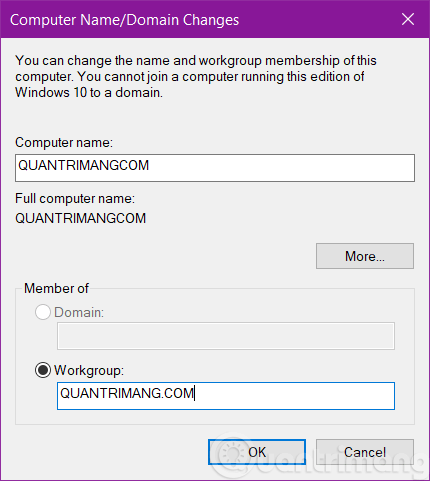

Let's connect other hosts on the local network to it.

The homegroup is ready, but so far there is only one computer. This completes the creation of a homegroup in Windows 10. Returning to the "Home Group" applet window, click the "Create Home Group" - "Next" button and select the directories, the contents of which we want to share for all users of the group.Īt the last stage, you will be prompted to write down the password that will be used to connect to the created group of other computers. Click the link "Change advanced sharing settings" in the window and enable network discovery (should already be enabled) and file and printer sharing. The contents of the window will immediately change, and the button "Create home group" will become active. To do this, click in the current window on the link "Change location in the network", then click the "Yes" button on the left panel left. Let's open it with the command control / name Microsoft.HomeGroup on your computer the Homegroup applet and the first thing to do is to make your network private. Now let's proceed directly to the procedure itself. So how to create a homegroup in Windows 10? First, let's make sure that all computers meet three main requirements, namely: they must be connected to the same network (via a router or Ethernet), have the same workgroup name ( System Properties - Change - WORKGROUP) and run a system not lower than Windows 7. Create and set up a homegroup in Windows 10 A Windows 10 Homegroup can include up to two dozen machines, and we'll talk about how to organize and configure it below. Such groups are usually used for file sharing in small organizations and houses / apartments with several PCs, hence, by the way, their name. There are also homegroups - if I may say so, a special subtype of workgroups, in which a password is requested when a new device is connected. Type 2 networks are also called workgroups and are used where there is no need for centralized management. There are two main types - client-server, when one computer in the local network plays the role of a server, and the others are workstations, and a peer-to-peer network in which all computers are equal. Networks can be both large and small, and have different topologies, that is, connection method and type. In such cases, instead of using the Internet for data transmission, computers are united into a local network. In commercial, educational and other small organizations, it can be very important to establish convenient, fast and secure file sharing.


 0 kommentar(er)
0 kommentar(er)
